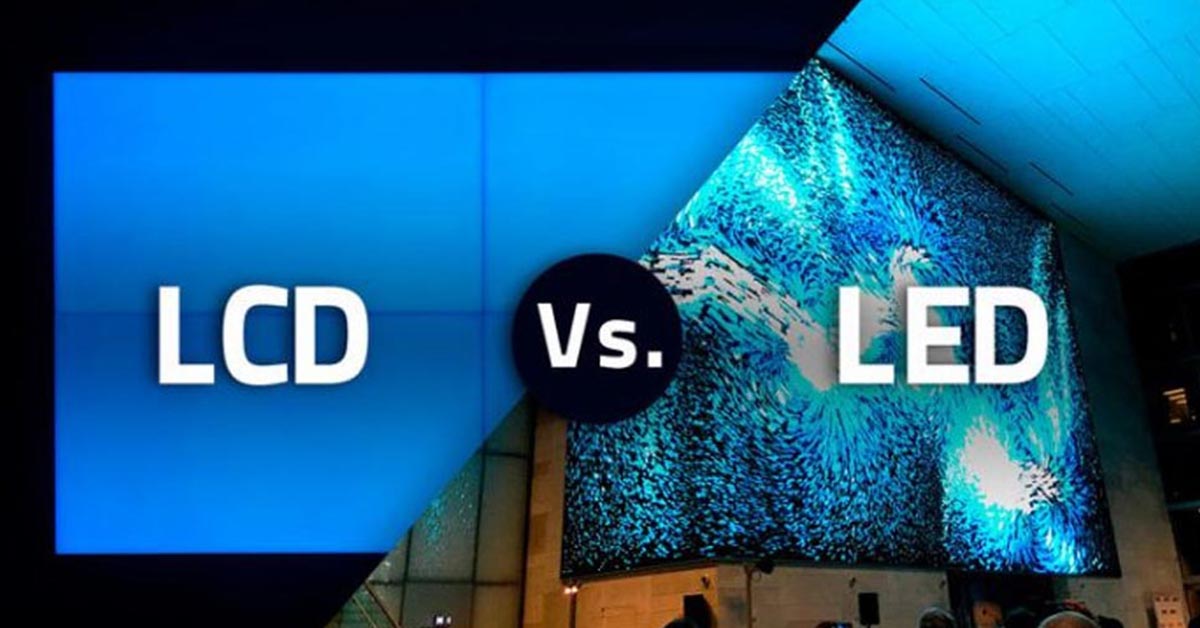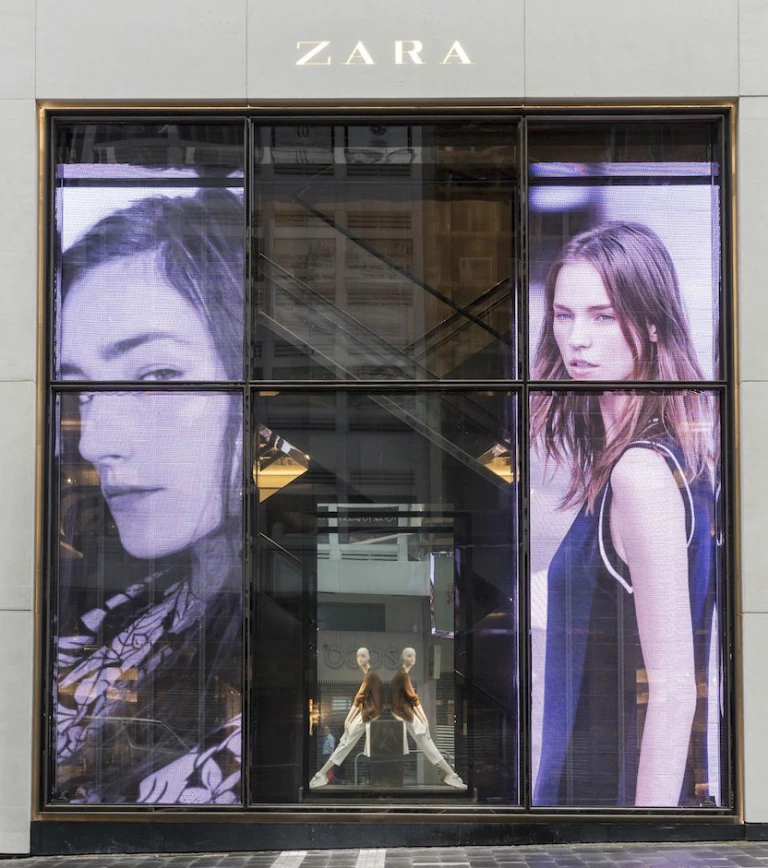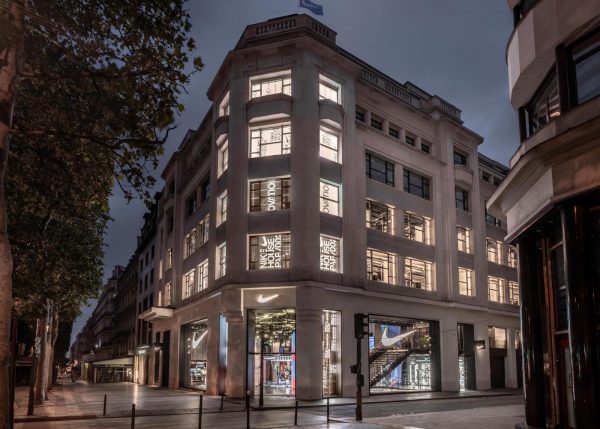

If you’ve ever walked by a storefront or exhibit and thought, “Wait, is that screen floating on the glass?” — you’re not imagining things. That’s a transparent screen showroom, and it’s quickly becoming one of the most exciting digital tools in Los Angeles for retail, events, and brand experiences.
These see-through displays blend technology with design in a way that feels futuristic but totally usable. And the best part? You don’t have to imagine what they look like anymore — you can actually step into a transparent screen showroom in Los Angeles and see it all in action.

At its core, it’s a space that lets you experience transparent screens firsthand — not in a catalog or demo video, but right in front of you. Think of it like walking into a tech-meets-art exhibit: digital content playing across what looks like clear glass, animated graphics floating mid-air, and products still visible behind the screen. It’s pretty surreal the first time you see it in person.
Whether you’re a boutique owner, a designer, an event planner, or just someone curious about where display tech is headed, visiting a showroom helps make sense of how this all works — and how you might use it.

Los Angeles is a city that thrives on visual storytelling. From iconic retail hubs like Melrose and Abbot Kinney to design-forward hotels and creative pop-ups, standing out matters here — but so does aesthetic. No one wants a clunky LED screen ruining their vibe.
That’s where transparent screens shine (literally and figuratively). They let you layer digital content — like videos, promotions, animations — over glass without blocking the view inside. So if you’re a retail store, your window stays open and inviting. If you’re running an event, you can display motion graphics that blend right into the space. It’s advertising that feels natural, not noisy.

These screens also hold up well in LA’s bright daylight, which is a must for outdoor-facing displays. And with more brands focused on interactive, immersive experiences, a screen that responds to movement or touch just adds to the magic.
Honestly? It’s a bit like stepping into the future. Most showrooms feature a variety of setups — big transparent LED walls, digital storefront windows, even interactive displays you can test out. You’ll see how the screens look with different types of content, from full-motion video to subtle animations.

More importantly, you get to ask all the real-world questions — how easy are these to install? Can they be customized for weirdly shaped windows? Do they need special lighting? What’s the difference between transparent OLED and LED? It’s all a lot clearer (pun intended) when you can see and touch the product.
For many people, the showroom visit is when the lightbulb goes off: “Oh — this could work in my store,” or “This would be perfect for our next launch.” Seeing it live helps spark creative ideas you can’t always get from a product page.
One of the things you’ll learn in the showroom is that transparent screens are super flexible. You can go for a permanent install, like in a flagship retail store, or just rent one for a weekend activation or trade show booth. Either way, local LA vendors typically offer support for both — installation, setup, even content creation if you need it.
It’s a helpful way to test out the tech before diving in completely. Especially for pop-ups, short-term events, or product launches, screen rental is an easy way to impress without committing long-term.
Transparent screens might sound like a high-tech luxury, but they’re quickly becoming an accessible tool for brands that want to do more with their space. In a city like Los Angeles — where design, storytelling, and innovation intersect — it makes perfect sense.
Whether you’re actively planning a display project or just exploring what’s out there, visiting a transparent screen showroom in LA is a low-pressure, inspiring way to learn. You’ll walk out with new ideas, a better understanding of the tech, and maybe even a few “how did they do that?” moments.
And who knows — the next time someone walks past your space, they might stop and think the same thing.